Getting water in your ear is bad for you. Fact. Why risk this?
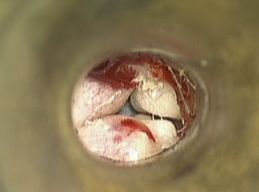
1. Prevent Surfer’s Ear
Surfer’s Ear (or Exostosis) is caused by your ear being repeatedly subjected to cold water & cold wind (perhaps by going kayaking?). Bony growths start to close the ear canal (see photo above) which can lead to loss of hearing, tinitus and further infections. Although this happens over time, do not think that just because you are young, you can get away with it… you won’t realise it’s started to happen until it’s too late. The first you’ll know is when you are struggling to make out what your mate is saying in a busy bar.
The only cure? An operation where they peel back your ear and literally drill the excess bone away.

Post-op in his mid-20s! (See comments for full story)
That’ll keep you out of a boat for a few months…
2. Prevent Swimmer’s Ear
No, you do not only get Swimmer’s Ear by falling out of your boat! It’s a colloquial name for a nasty infection caused by water trapped in the ear – particularly dirty water (anyone for Holme Pierrepont?).

And guess what? Having Surfer’s Ear makes you more likely to get Swimmer’s Ear too!
3. Wearing earplugs can be cool and stylish!
You don’t have to look like a complete dork (though if this is your look, then go for it). Ear plugs come in whole range of styles, colours and sizes so you can get ones to match your eyes or your cag…
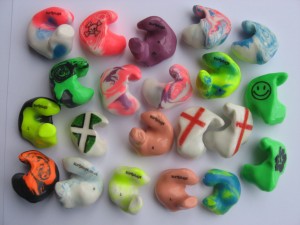
Photo from surfplugs.co.uk
I chose really bright ones that float to reduce the chance of losing them. You can buy ear plugs in most good kayak shops and good swimming outlets. But for the best fit, you’ll want a custom mould from the NHS, a hearing centre or a company such as surfplugs.
4. YOU CAN STILL HEAR (so there’s no need to shout)
Many people say they don’t want to wear earplugs because they won’t be able to hear while paddling. Poppy-cock! I wear custom-fit ear-plugs with no vents and I can still hear everything I need to. Yes, I usually take one out while in direct conversation in the eddy, but that is mainly because I don’t like the sound of myself with them in! I can still hear people calling me and can certainly still hear whistles.
Sure, they can take some getting used to but wouldn’t you rather have slightly dulled hearing on the water than permanently damaged hearing throughout the rest of your life?
5. The best ones are FREE!
The NHS make custom ear-plugs (which they call swim plugs) through the audiology departments in hospitals. You can either be referred by your GP, or just call and make an appointment. Explain that you are a kayaker and that you constantly subject your poor ears to cold, dirty water – which is often propelled into your orifices at great force by rapids, waves and stoppers. They’ll soon have you strapped to a seat while they fill your ears with gooey cotton wool to make the mould!
When I got my most recent pair done, I was able to opt for floating ear-plugs. I highly recommend this option!
So, can you give me 5 good reasons not to wear earplugs?



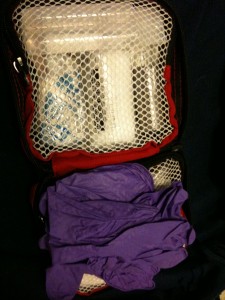
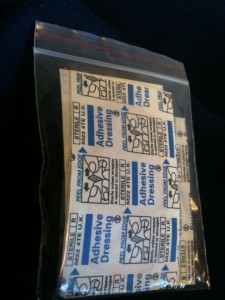
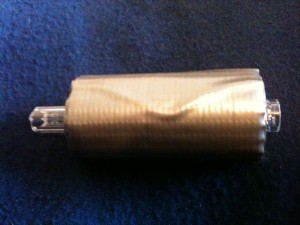
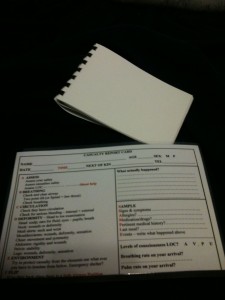
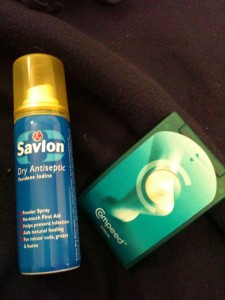
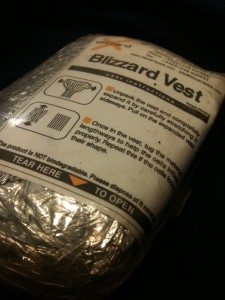
 I cannot recommend strongly enough that every group take a mobile phone with them on the water. Put it in an aquapac and carry it on your person.
I cannot recommend strongly enough that every group take a mobile phone with them on the water. Put it in an aquapac and carry it on your person.


